Oil on canvas Signed C. Jarvis upside-down on underside of letter 169 x 91 cm. (66 ½ x 35 ¾ in) Painted circa 1735 Literature: Cf. Walter G. Strickland, A Dictionary of Irish Artists, vol. I, 1913, p. 548 Engraved: (Possibly after another unknown variant portrait) mezzotint by John Brooks (fl. 17301756), circa 1735-1754, [see: Chaloner Smith 1883, no. 9] Thomas Carter (1690-1763), was an Irish politician born at Hollybrook, Co, Dublin, the only surviving son of Thomas Carter (c.1650-1726), also an MP, and his wife, Margaret, née Houghton (c.1660-1696), and descended from Thomas Carter, armiger, born in the reign of Edward VI). Carter studied at Mr Wall’s school in Dublin before he later went on to Trinity College, Dublin, where he graduated in 1710. In April 1725 William, Lord Berkeley, master of the rolls, appointed Carter his deputy and obtained permission to sell him the reversion of that office, much to the disapproval of Hugh Boulter (Anglican primate of Ireland, who was promoting the English interest) that such an important office could be purchased by an Irishman.[1] Carter was made Master of the Rolls in Ireland in 1731, which he continued to hold until 1754. During the late 1740s Carter became one of the leaders of the country of Ireland as a member of the Patriot party along with Henry Boyle, speaker of the Irish House of Commons and Anthony Malone, the Prime Sergeant. ‘Carter was still at the height of his political career when in 1745 Lord Chesterfield, as viceroy, described him as ‘the leading person in the [Irish] Parliament’ (Letters, 3.638)’.[2] Charles Jervas [Jarvis] (1675-1739) was the son of John Jervas (d. 1697), of Clonliske, in the parish of Shinrone, and Elizabeth Baldwin, daughter of Captain John Baldwin of Shinrone Castle & Corolanty, High Sheriff of County Offaly. Early in his life he went to London and purportedly worked in Kneller’s studio as a pupil and assistant for about a year. Following this he managed to develop a working relationship with Henry Norris (1682-?), the Keeper of the King’s Pictures, which allowed him to make small copies of Raphael’s cartoons, which he later sold to Dr. Clarke of Oxford, who alongside others, enabled Jervas to travel to Italy for study. In 1709 Jervas returned to London, where he began to paint the portraits of fashionable socialites, including several literary celebrities; Pope, Addison, and Swift amongst others. Jervas’s association with literary society wasn’t only to stop at painting their portraits; he made his own translation of Cervantes’ Don Quixote, which was posthumously published in 1742. On the death of Kneller in 1723 Jervas was appointed principal painter to George I, a post in which he continued under George II. Another portrait of Thomas Carter, thought to be by Charles Jervas is known (Private collection), but it appears to be copy after John Brooks’ mezzotint, with the present portrait more likely being the source for the mezzotint, which Brooks was to adapt accordingly. The spelling of the signature ‘Jervis’ is not unusual for Jervas, who signed with the same spelling on his Self Portrait aged fifty, 1725 (Private collection; see Philip Mould, Historical Portraits Image Library). [1] Peter Aronsson, ‘Carter, Thomas (1690-1763)’, Oxford Dictionary of National Biography, Oxford University Press, 2004; online edn, Jan 2008 [http://www.oxforddnb.com/view/ article/39755, accessed 3 March 2016] [2] Ibid
Oil on canvas Signed C. Jarvis upside-down on underside of letter 169 x 91 cm. (66 ½ x 35 ¾ in) Painted circa 1735 Literature: Cf. Walter G. Strickland, A Dictionary of Irish Artists, vol. I, 1913, p. 548 Engraved: (Possibly after another unknown variant portrait) mezzotint by John Brooks (fl. 17301756), circa 1735-1754, [see: Chaloner Smith 1883, no. 9] Thomas Carter (1690-1763), was an Irish politician born at Hollybrook, Co, Dublin, the only surviving son of Thomas Carter (c.1650-1726), also an MP, and his wife, Margaret, née Houghton (c.1660-1696), and descended from Thomas Carter, armiger, born in the reign of Edward VI). Carter studied at Mr Wall’s school in Dublin before he later went on to Trinity College, Dublin, where he graduated in 1710. In April 1725 William, Lord Berkeley, master of the rolls, appointed Carter his deputy and obtained permission to sell him the reversion of that office, much to the disapproval of Hugh Boulter (Anglican primate of Ireland, who was promoting the English interest) that such an important office could be purchased by an Irishman.[1] Carter was made Master of the Rolls in Ireland in 1731, which he continued to hold until 1754. During the late 1740s Carter became one of the leaders of the country of Ireland as a member of the Patriot party along with Henry Boyle, speaker of the Irish House of Commons and Anthony Malone, the Prime Sergeant. ‘Carter was still at the height of his political career when in 1745 Lord Chesterfield, as viceroy, described him as ‘the leading person in the [Irish] Parliament’ (Letters, 3.638)’.[2] Charles Jervas [Jarvis] (1675-1739) was the son of John Jervas (d. 1697), of Clonliske, in the parish of Shinrone, and Elizabeth Baldwin, daughter of Captain John Baldwin of Shinrone Castle & Corolanty, High Sheriff of County Offaly. Early in his life he went to London and purportedly worked in Kneller’s studio as a pupil and assistant for about a year. Following this he managed to develop a working relationship with Henry Norris (1682-?), the Keeper of the King’s Pictures, which allowed him to make small copies of Raphael’s cartoons, which he later sold to Dr. Clarke of Oxford, who alongside others, enabled Jervas to travel to Italy for study. In 1709 Jervas returned to London, where he began to paint the portraits of fashionable socialites, including several literary celebrities; Pope, Addison, and Swift amongst others. Jervas’s association with literary society wasn’t only to stop at painting their portraits; he made his own translation of Cervantes’ Don Quixote, which was posthumously published in 1742. On the death of Kneller in 1723 Jervas was appointed principal painter to George I, a post in which he continued under George II. Another portrait of Thomas Carter, thought to be by Charles Jervas is known (Private collection), but it appears to be copy after John Brooks’ mezzotint, with the present portrait more likely being the source for the mezzotint, which Brooks was to adapt accordingly. The spelling of the signature ‘Jervis’ is not unusual for Jervas, who signed with the same spelling on his Self Portrait aged fifty, 1725 (Private collection; see Philip Mould, Historical Portraits Image Library). [1] Peter Aronsson, ‘Carter, Thomas (1690-1763)’, Oxford Dictionary of National Biography, Oxford University Press, 2004; online edn, Jan 2008 [http://www.oxforddnb.com/view/ article/39755, accessed 3 March 2016] [2] Ibid
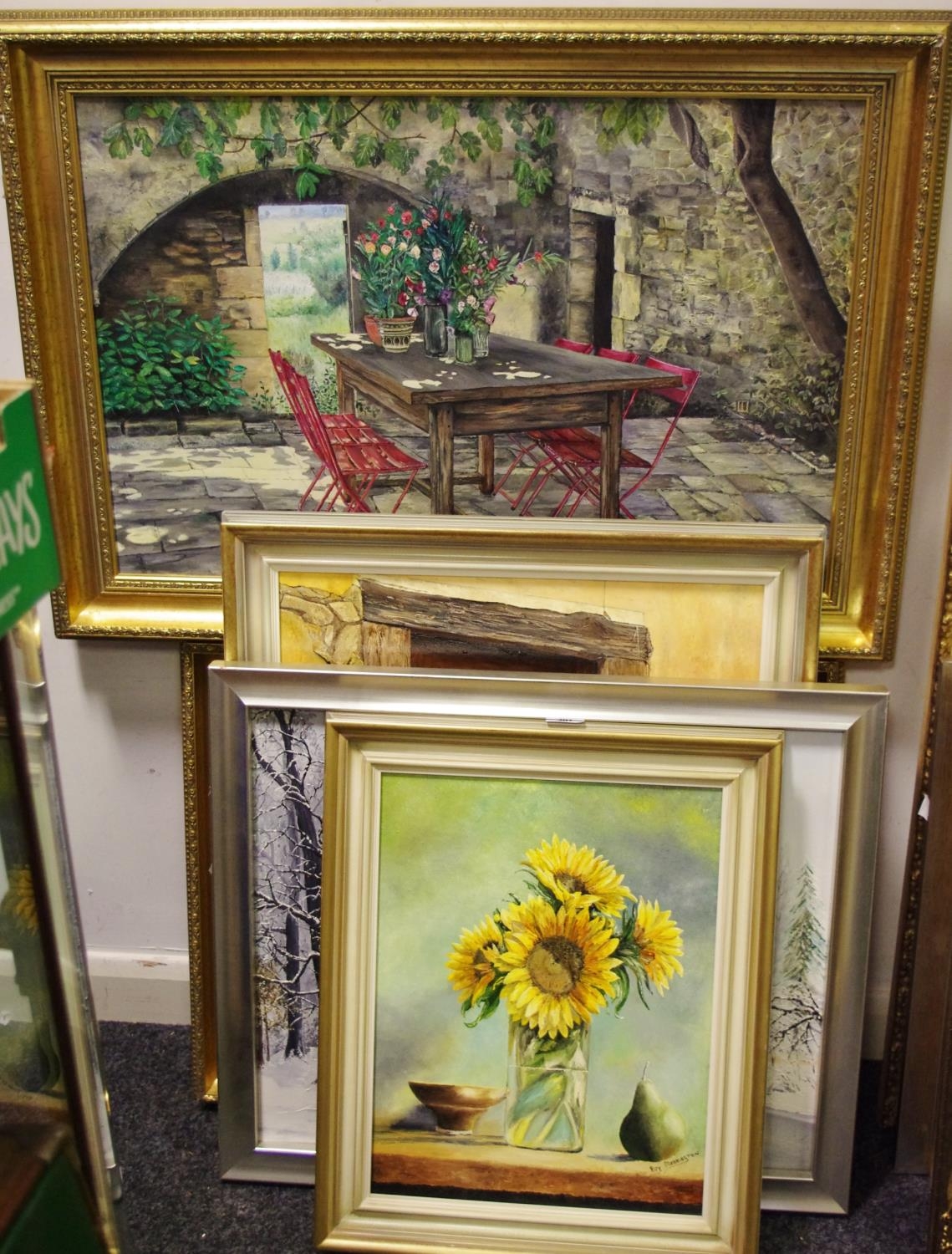

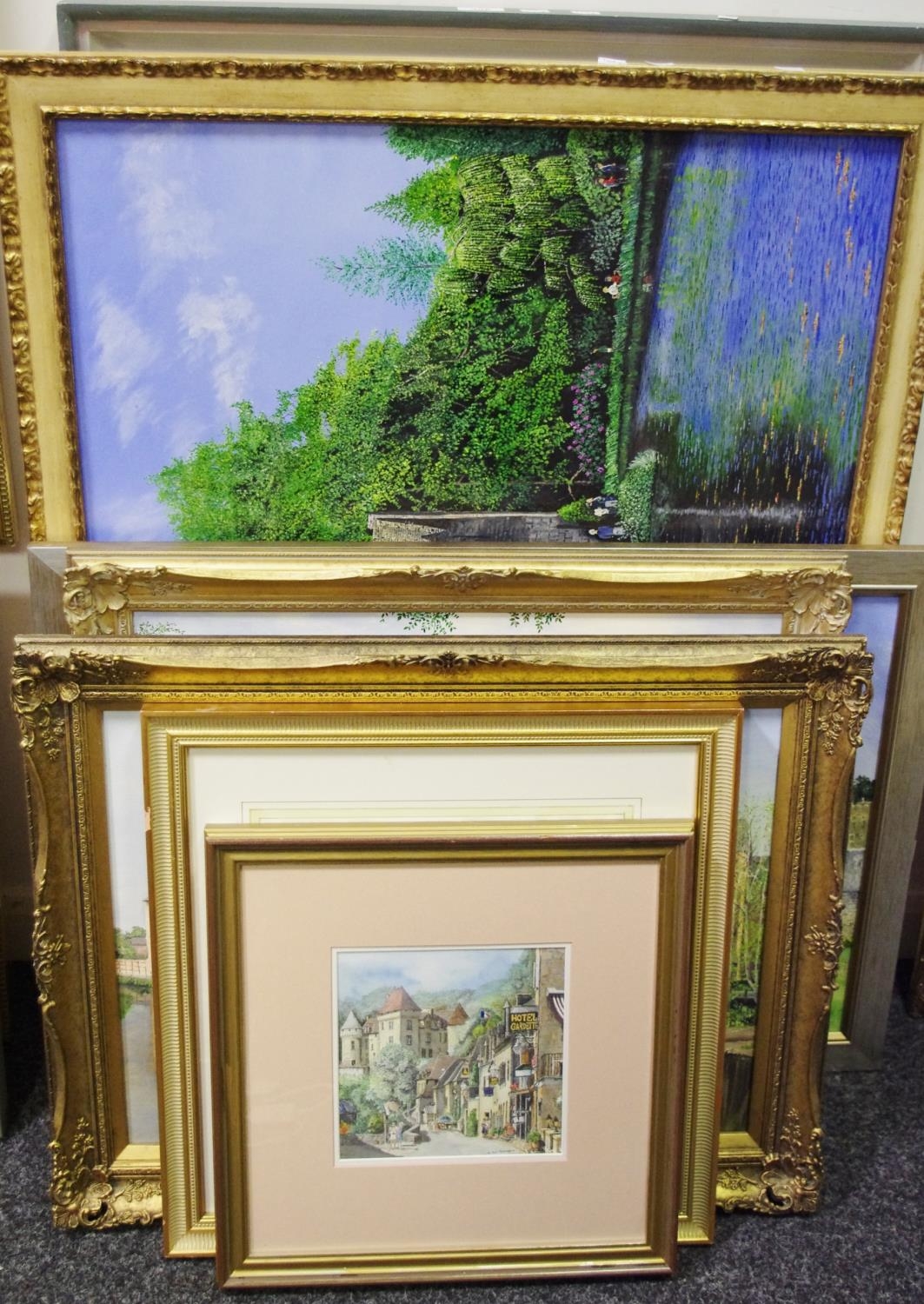

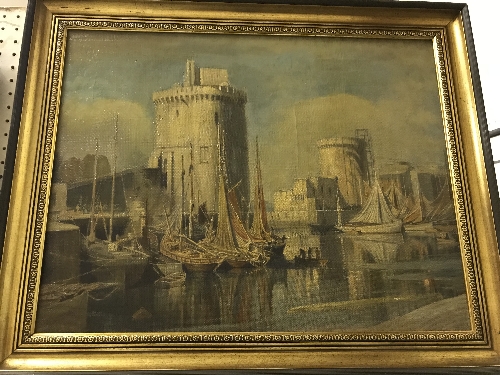

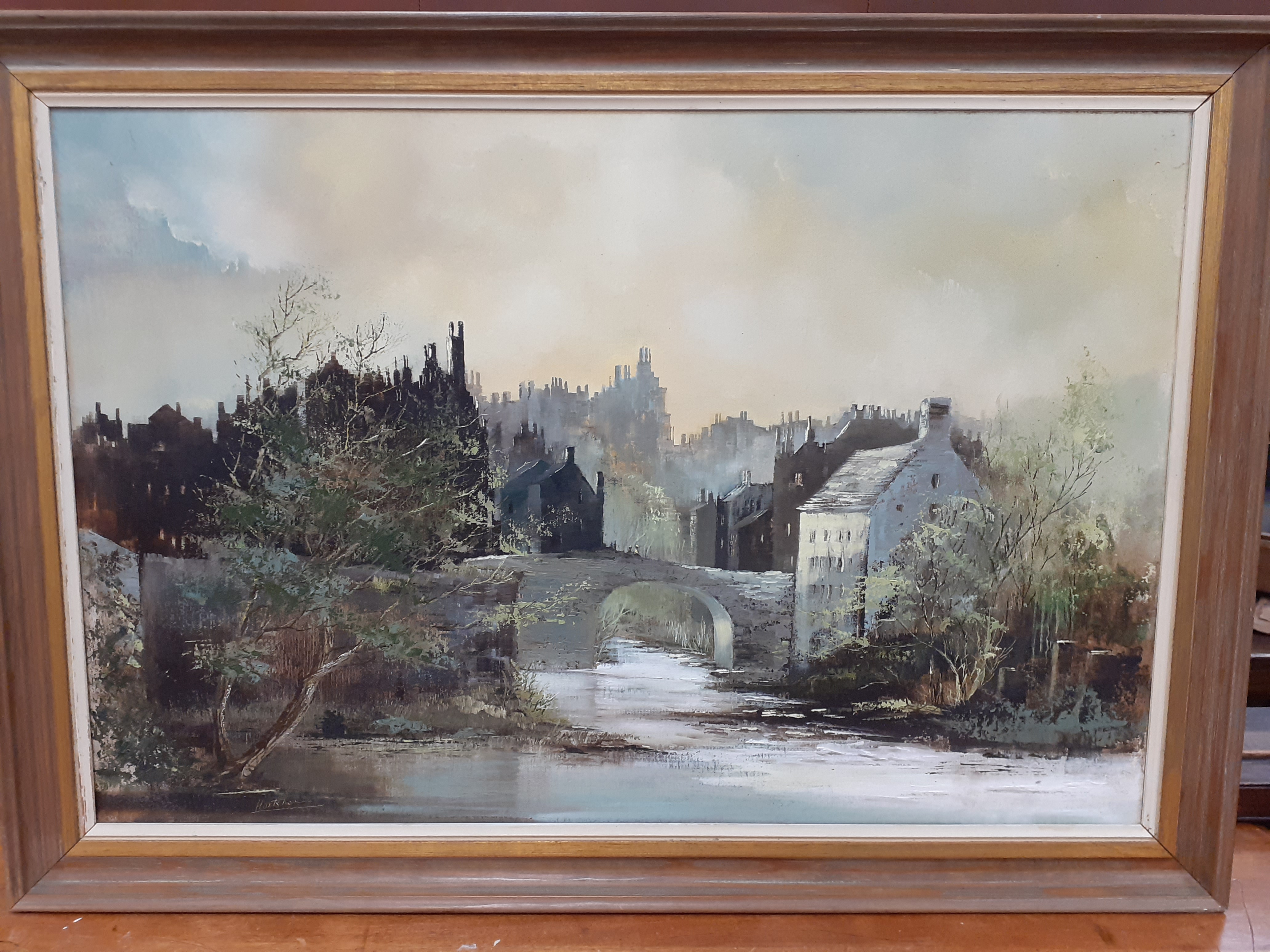

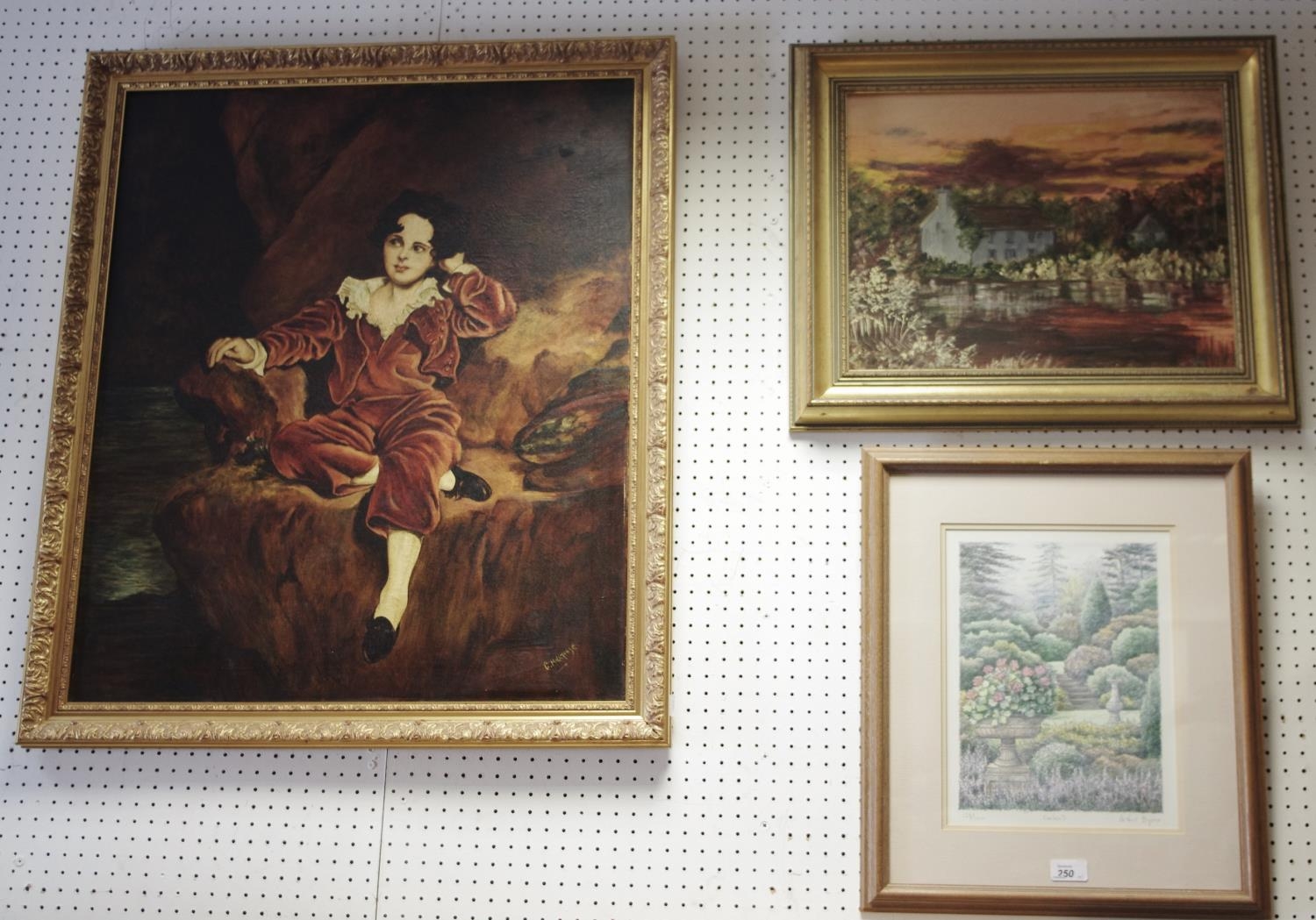


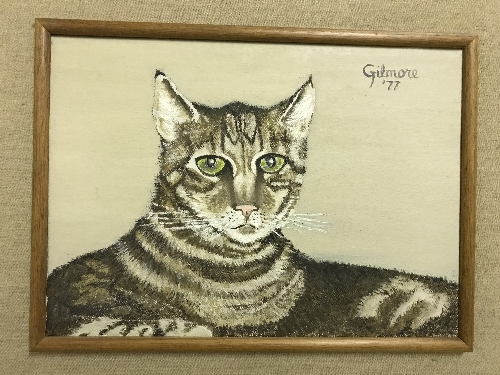

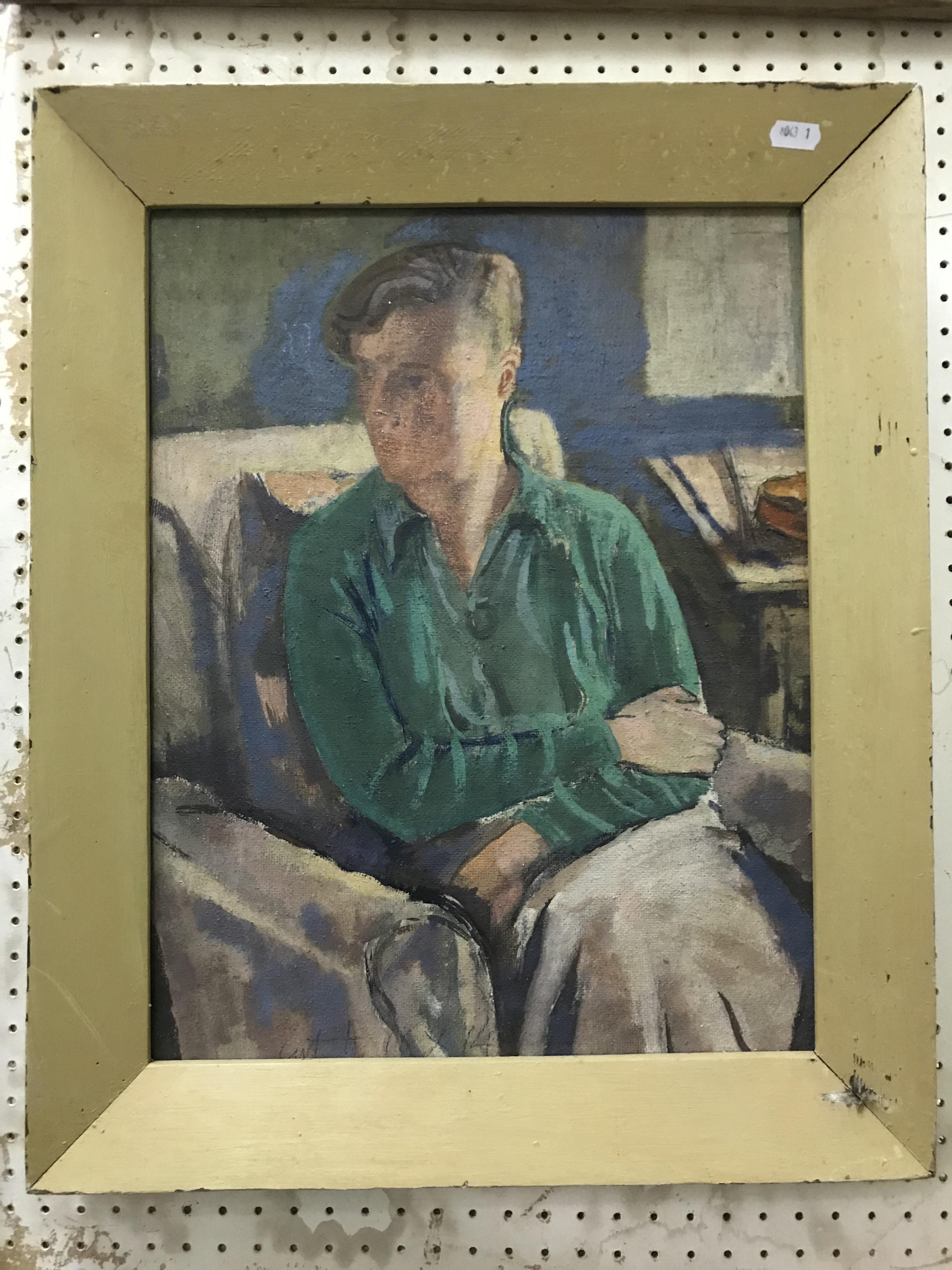

Testen Sie LotSearch und seine Premium-Features 7 Tage - ohne Kosten!
Lassen Sie sich automatisch über neue Objekte in kommenden Auktionen benachrichtigen.
Suchauftrag anlegen